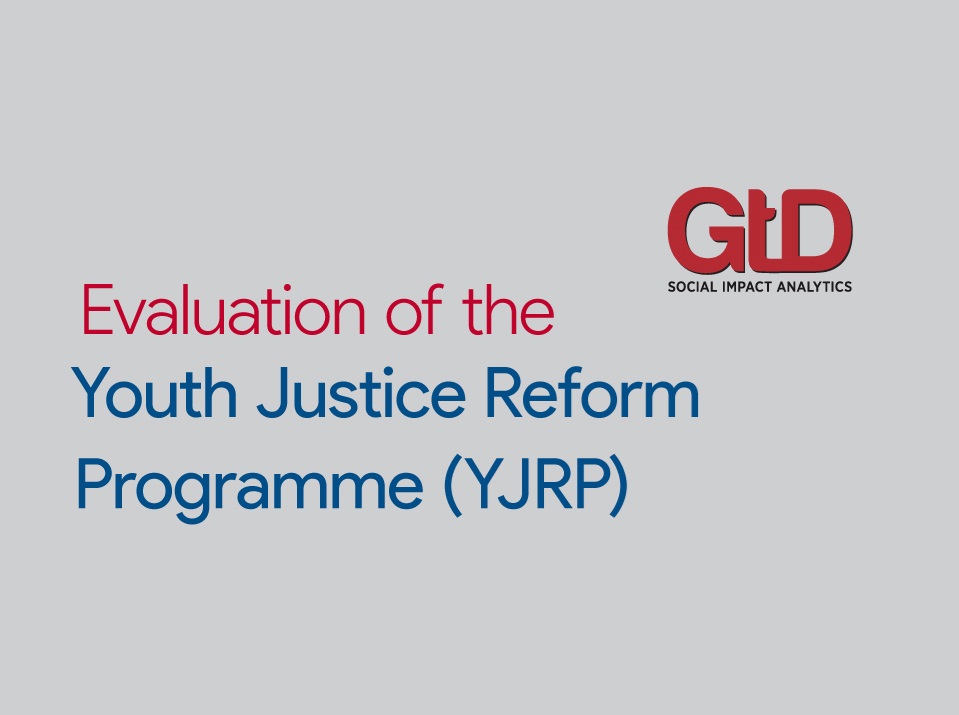Is Your Network Not Working?
We live in a world of networks. Our phones and computer give us access to innumerable interactions that would have been inconceivable thirty years ago, allowing us to make endless connections on Facebook, Instagram, LinkedIn, Twitter, and countless other social media platforms. The ongoing shift to working from home makes business and professional networks ever more important to connecting and sharing knowledge. Our desire for connection is also a desire to share stories. We thrive on connection, and effective networking requires telling compelling stories, establishing relationships of mutual interest and trust.
But we don’t seek simple connection, we seek collaboration with others. The value of our networks isn’t only found in the number of connections we make but in the quality of those connections. If networking becomes something we do simply for its own sake it risks becoming a distraction from what we want to achieve. There is a difference between networking and not working.
Participating in networks is vitally important for our clients. Small and medium sized non-profits often collaborate in networks to deliver services, sharing innovative solutions to problems that might otherwise seem intractable. Networks can be considered as brands which distinguish an organization and bring value to its members.
At Get the Data we have been using our social network analyses to measure how our clients’ networks are working and help them to maximize their value.
Networks can take many different forms, and our clients’ networks might be found in the relationships between individuals, different teams within an organization, or groups of organizations. These networks might be a formally defined group of individuals or organizations or they could be an organic affiliation, arising spontaneously. The members of a network are likely to have shared characteristics: shared beliefs, desires, values, or skills. These are the things that bring people together in the first place. The members are the basic units of a network – giving a network its meaning and purpose.
Since networks are very often nebulous or weakly defined, the first step in our social network analyses is to conduct a preliminary inquiry to define the network.
We start our analysis by identifying the fundamental units of a network, the “actors”. We then look at how these actors relate to each other. These relationships or interactions are described as “ties”.
These definitions are then used to produce a questionnaire survey that measures the size of the network, identifies the types of actors within it, and maps the ties that run between them. The questionnaire gives the members of the network an opportunity to describe their interactions. It asks the respondents to rate interactions, how frequently they occur, and to describe their purpose.
After collecting data from the questionnaire we analyze these data to measure the network’s value. Our analysis includes information about who feels able to participate, who takes decisions, and where sources of power are located. We identify the factors that impede or promote the successful operation of the network and how it might be strengthened.
We also use these data to create a visual map of the network. The map shows the relative size of the actors within a network (weighted by type of actor) and the strength, proximity and direction of the ties that connect them to other members. Mapping a network in this way illustrates participation in the network: the types of participation (connection and collaboration), the strength of the ties within the network (the depth, frequency, and perceived value of the connection), and direction of the ties (whether they operate in one direction, or indicate a mutual connection). The map shows which parts of a network are strong and active and which parts are weak and inactive.
We work with our clients to interpret the network map, identifying those who are connected to others within the network and whether those connections are at the deeper level of collaboration. The aims of network analyses vary, so we will create an analysis that provides the information you need. We can help you to promote increased connection, greater organizational coherence and improved collaboration.
Network analysis provides you with an x-ray of your network, allowing you to see its strengths and weaknesses and identify areas where the network can become more impactful. By showing you your networks are structured Get the Data will help you to get the most of out of them.
If you want to learn more about how to measure your networks, then please contact Alan Mackie or Jack Cattell.
















